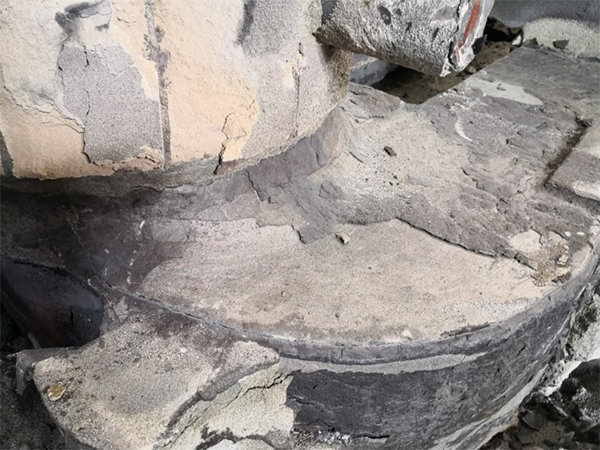The Versatility and Importance of Coated Sand in Modern Industries
Coated sand has emerged as a crucial material in a variety of industries, particularly in construction, foundry processes, and oil exploration. This specialized aggregate not only enhances the properties of the final product but also contributes significantly to efficiency and cost-effectiveness.
At its core, coated sand is sand that has been treated with various types of resin or polymers to improve its performance. This coating process alters the physical and chemical characteristics of the sand, making it more suitable for a wide range of applications. The resin coating can enhance properties such as thermal stability, moisture resistance, and binding strength, which are essential in many industrial processes.
In the foundry industry, coated sand has revolutionized the way metal casting is performed. Traditional sands, which can be prone to defects during the casting process, have been largely replaced by resin-coated sands that provide superior surface finishes and dimensional accuracy. When mixed with suitable resins, the sand forms a strong and stable mold that can withstand high temperatures and prevent sand-related defects in the final metal products. This results in fewer production issues and better-quality castings, which can lead to lower costs and increased profitability.
In the construction sector, coated sand is also gaining traction
. It is commonly used in the production of high-performance concrete and asphalt mixtures. The coating on the sand particles allows for better adhesion between materials, resulting in stronger and more durable building products. This is particularly important in regions subject to extreme weather conditions, where the durability of construction materials can have a direct impact on safety and longevity.coated sand

Another significant application of coated sand is in the oil and gas industry. Hydraulic fracturing, or fracking, relies heavily on coated sand as a proppant. The coated grains are used to keep fractures in underground reservoirs open, allowing for the efficient extraction of oil and gas. The unique properties of coated sand, such as enhanced flow characteristics and resistance to crushing, make it an ideal choice for this application. Moreover, the customization of coatings enables operators to tailor the performance of the proppant to specific geological conditions, which can greatly enhance the efficiency of resource extraction.
Sustainability is another aspect where coated sand excels. The enhancement of recycled sand through coatings not only reduces waste but also provides a viable alternative to traditional mining practices, which can be destructive to the environment. By integrating coated sand into various processes, industries can reduce their reliance on natural resources while maintaining high performance and quality standards.
As technology advances, the potential applications for coated sand continue to expand. Researchers and manufacturers are exploring new coatings and treatments that can further improve the performance of coated sand, ensuring that it remains a vital resource for future industrial needs.
In conclusion, coated sand is more than just a simple aggregate; it is a versatile and essential material in various sectors. Its unique properties enhance production processes, improve product quality, and contribute to sustainability efforts. As industries evolve, the role of coated sand will undoubtedly expand, solidifying its place in modern manufacturing and resource extraction.
Post time:окт . 31, 2024 21:32
Next:Materials Selection for Effective Sand Casting Processes and Techniques
